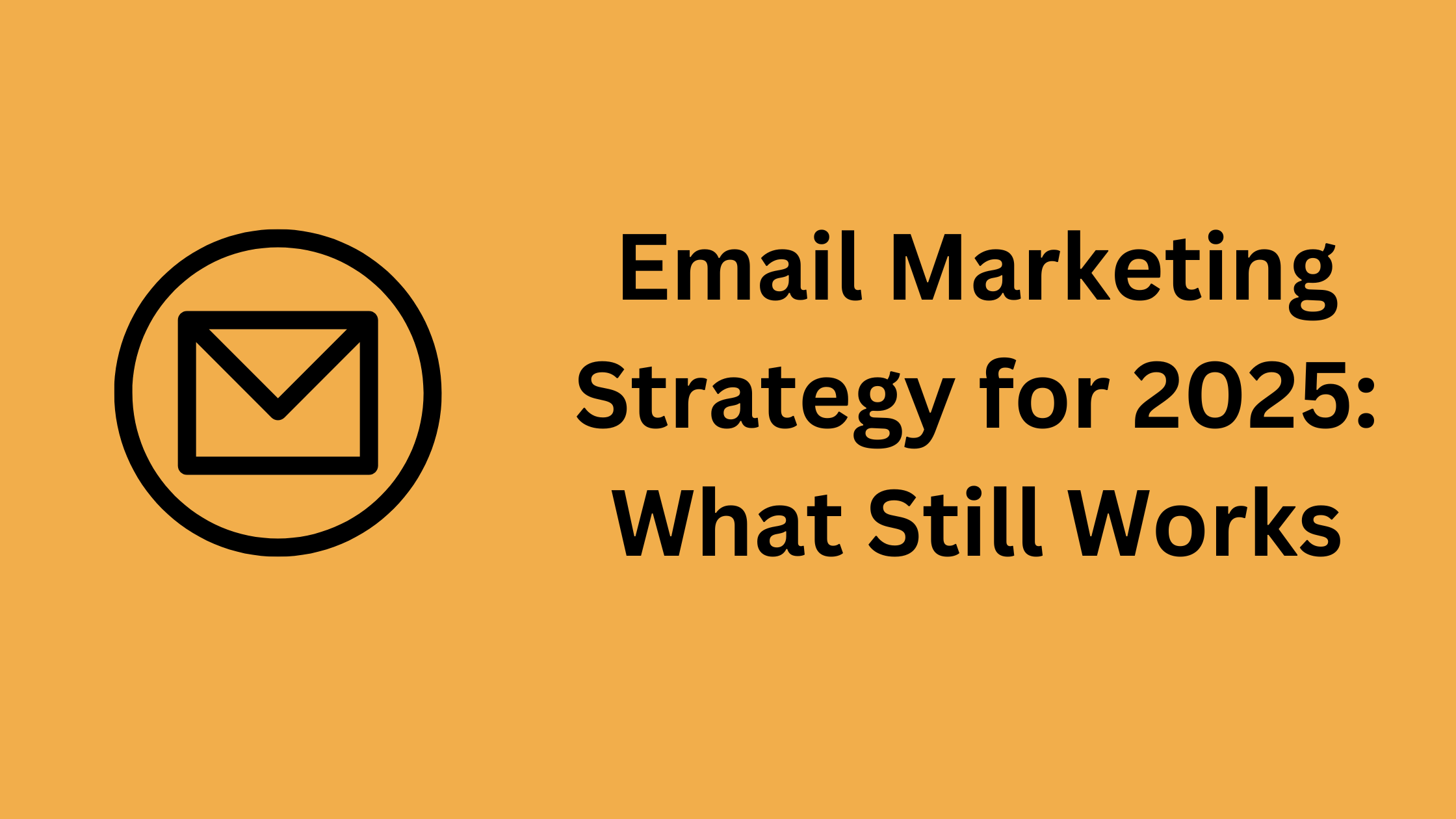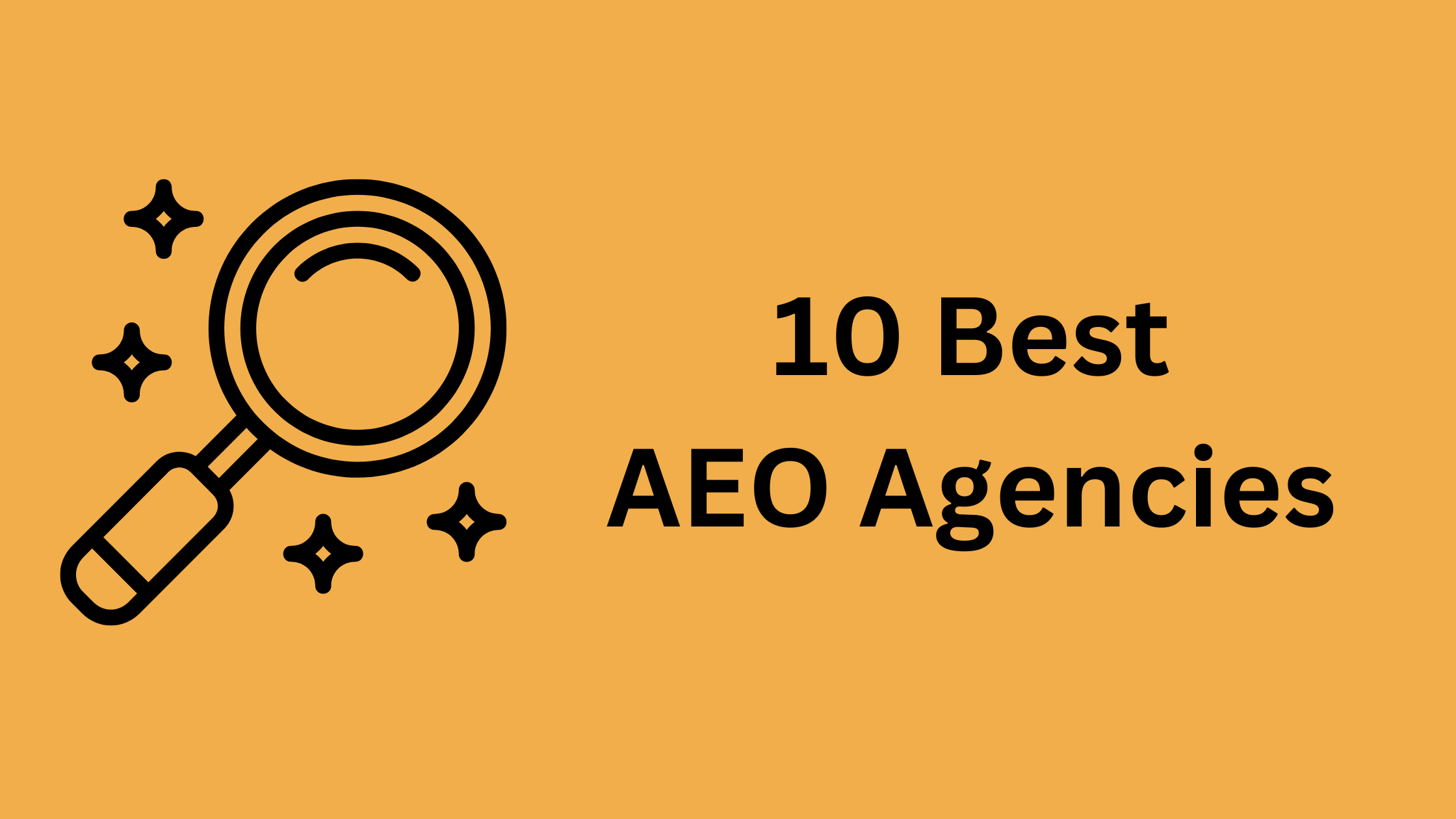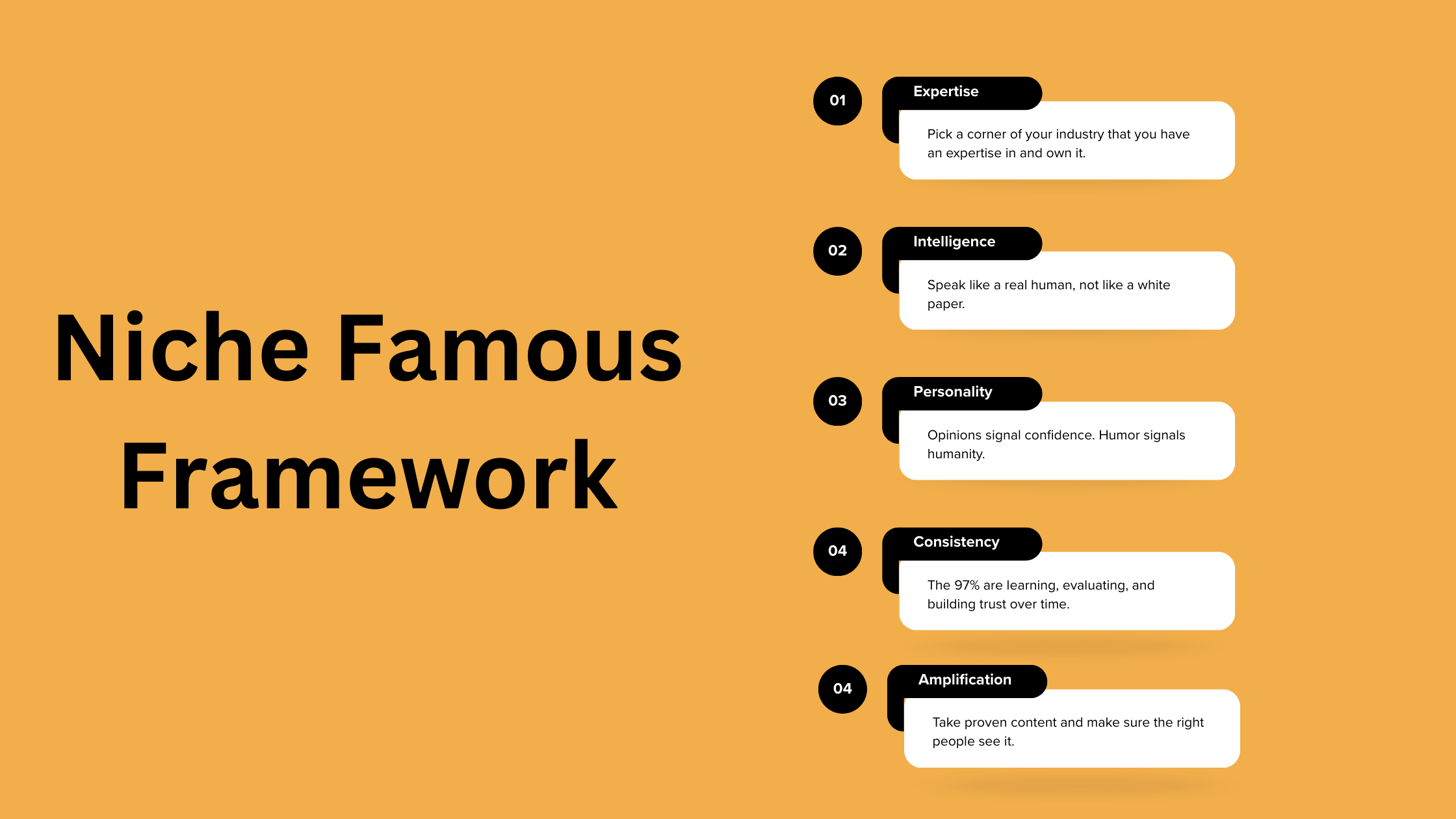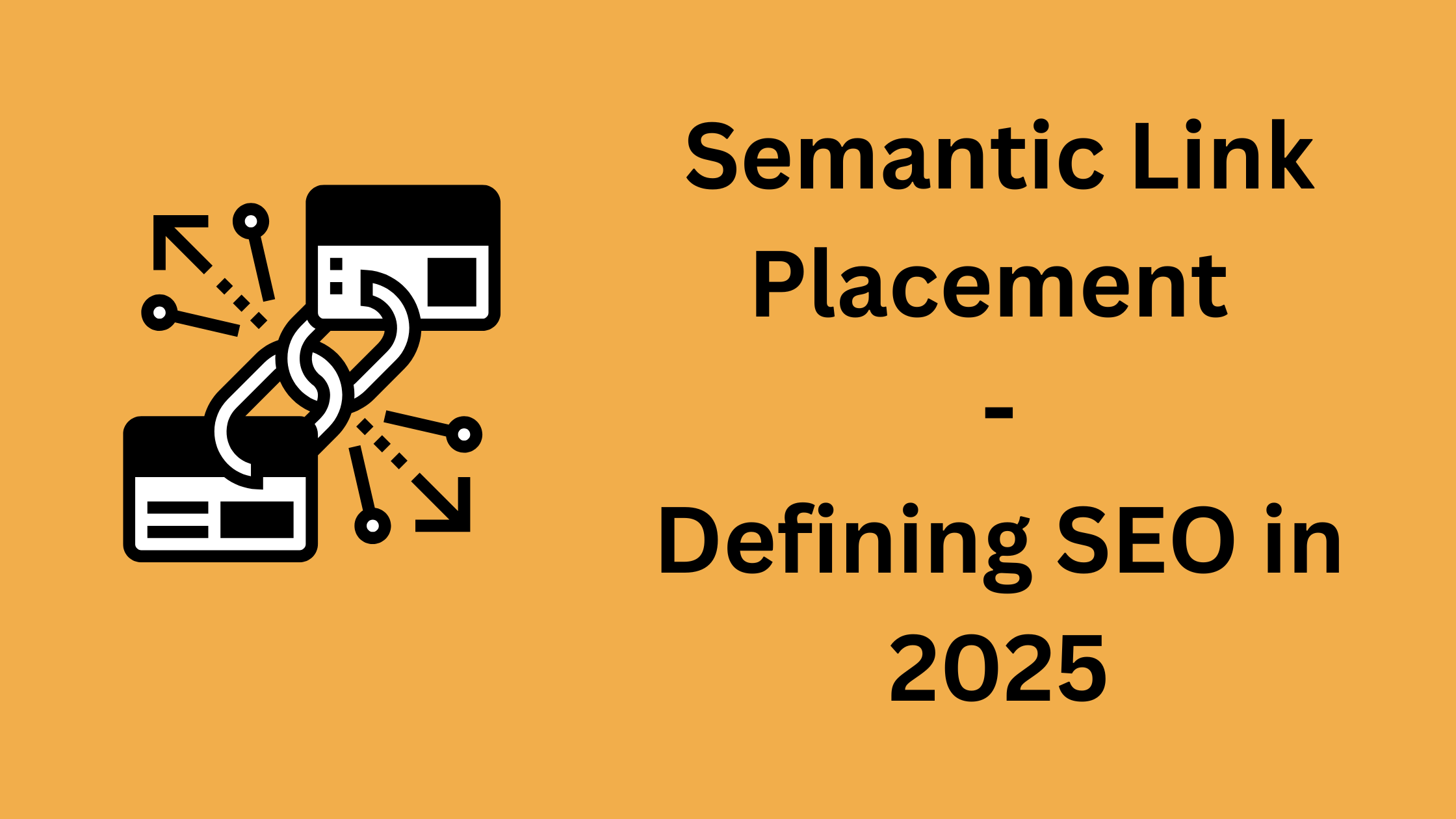In 2025, email marketing is more competitive than ever. People receive dozens, sometimes hundreds, of emails every day. The result is predictable: attention spans are shorter, and patience is in short supply.
If your message is not relevant within seconds, the reader will move on without a second thought.
The old way of doing email no longer works.
- Templates alone are not enough
- Generic drip sequences are ignored
- Personalisation is now the minimum standard
Despite these challenges, email remains one of the highest-return channels in marketing. But there is a catch. Those results only come when your process is fast, precise, and focused on delivering value at every stage. Without strategy, email becomes noise. With strategy, it becomes one of your most powerful growth engines.
*Lukas Otompasis is a full-stack digital marketer helping founders and businesses generate leads, automate workflows, and scale with clarity. If you are looking for a full-stack agency, check out his website.
What an Email Marketing Strategy Really Means
An effective email strategy is not simply about pressing “send”. It is a planned system designed to achieve specific goals:
- Drive sales Retain customers
- Build trust
- Strengthen your brand
The aim is simple: send the right message to the right person at the right time, consistently. This is inbound email marketing—permission-based communication with people who have chosen to hear from you, built on relevance, timing, and value.
The Four-Part Framework for Winning Email
Every high-performing email strategy follows four steps.
1. Define the problem
Identify the real friction points before doing anything else.
2. Analyse the data
Review:
- Open rates and click-through rates
- Unsubscribe and churn rates
- User behaviour and feedback
- Market and competitor benchmarks
3. Design the solution
Create:
- Campaigns and content
- Segmentation plans
- Automation flows
All aimed at solving the specific problem you identified.
4. Map out the roadmap
Include:
- Campaign sequences
- Timelines
- KPIs
- Testing and optimisation cycles
Why a Clear Strategy Matters
A strong email strategy improves deliverability. When you send the right content to the right people at the right time, engagement increases. More opens, clicks, and replies signal to email providers that your messages are valuable, leading to:
- Better inbox placement Higher engagement rates
- Stronger sender reputation
Consider the following list for email deliverability, always clean-up your hard bounced emails, and take care to have a good, clean, list of users who opted in with consent:
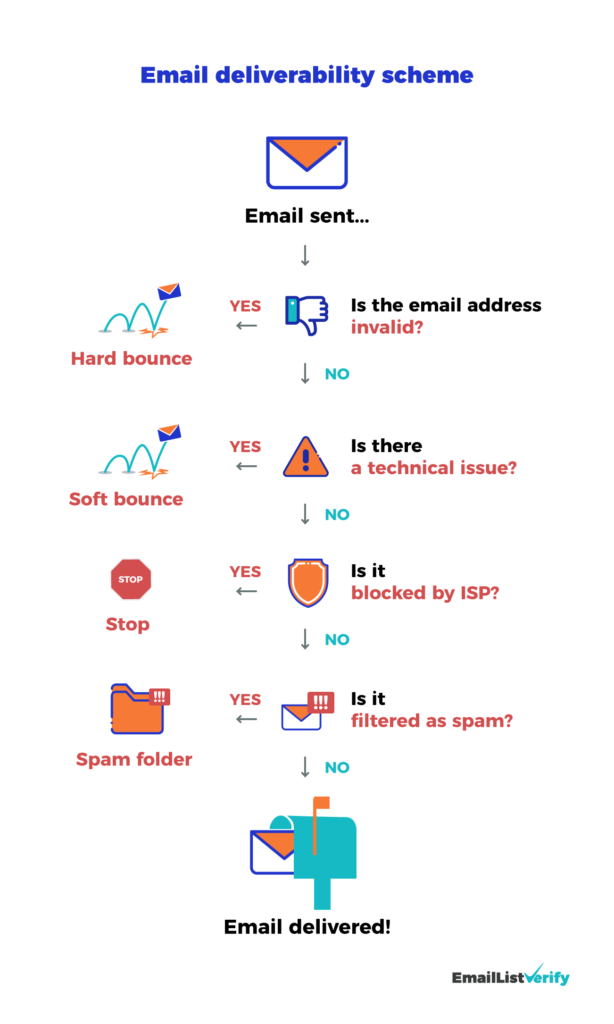
It also makes email a high-ROI channel. Industry figures suggest email can return over £28 for every £1 spent, but only with:
- Clear targeting
- Strategic segmentation
- Personalised messaging
And unlike social media, email is an owned asset. You control the connection and the data, allowing you to:
- Build advanced, multi-step funnels
- Run personalised onboarding, upsell, and win-back campaigns
- Grow without gatekeepers
Finally, strategy enables true personalisation. You can segment beyond basic details, using:
- Behaviour Needs Intent
Examples:
- Onboard beginners with quick-start tips
- Send advanced users deep technical content
- Trigger messages based on product usage
How to Build Your Email Marketing Strategy Without Overwhelm
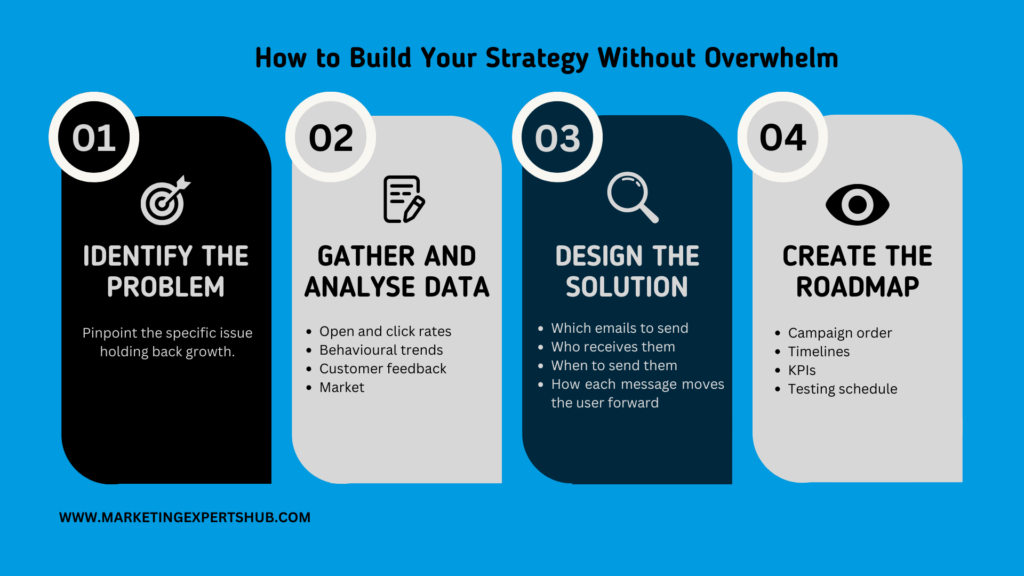
Breaking the process into steps makes it manageable.
Step 1: Identify the problem
Pinpoint the specific issue holding back growth.
Step 2: Gather and analyse data
Look at:
- Open and click rates
- Behavioural trends
- Customer feedback
- Market benchmarks
Step 3: Design the solution
Decide:
- Which emails to send
- Who receives them
- When to send them
- How each message moves the user forward
Step 4: Create the roadmap
Plan:
- Campaign order
- Timelines
- KPIs
- Testing schedule
The Role of Goals, Audience, and Content
Clear goals guide your strategy. Avoid vague targets like “send more emails” and instead set SMART objectives:
- Increase onboarding completion by 20% in 60 days
- Achieve a 25% click-through rate on feature announcements next quarter
- Convert 15% of trial users to paid within 90 days
Knowing your audience is just as important. Go beyond demographics and find out:
- Pain points
- Decision triggers
- Content preferences
If you lack data, you can:
- Monitor industry forums and groups
- Run short surveys
- Speak to users directly
Once you understand your audience, segment with purpose:
- Lifecycle stage
- Behaviour patterns
- Plan type
- Industry
Execution: Platforms, Content, and Timing
Your email platform should support:
- Reliable deliverability
- Strong sender reputation tools
- Advanced analytics and reporting
- API integrations
- Behaviour-triggered automation
Your content should always align with your goals. If you focus on activation, remove friction. If retention is the aim, provide consistent value. Build journeys that guide users from awareness to conversion and beyond.
Timing is not about following generic rules like “send on Tuesday at 10am”. Instead, trigger emails based on user behaviour:
- Onboarding milestones
- Trial expirations
- Specific product usage events
The Power of Testing
A/B testing turns assumptions into facts. Test:
- Subject lines Calls to action
- Content blocks
- Send times
Follow a continuous improvement cycle:
- Form a hypothesis
- Run the test
- Analyse results
- Implement changes
- Repeat
Final Thoughts
Social media is noisy. Email is direct.
It gives you permission-based access to your most engaged audience. But access alone is not enough.
To succeed, focus on:
- Strong deliverability
- A high-quality list
- Personalisation
- Data-driven refinement
When you treat email as a strategic asset, it becomes a system that builds trust, drives conversions, and delivers revenue over the long term.
Lukas is a full-stack digital marketer helping founders and businesses generate leads, automate workflows, and scale with clarity.
- This author does not have any more posts.

